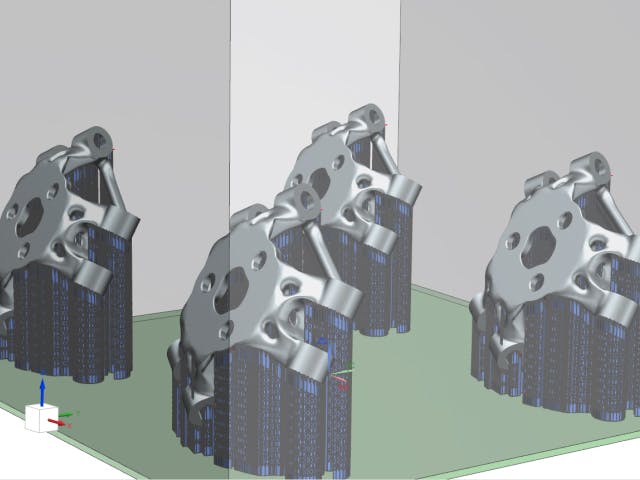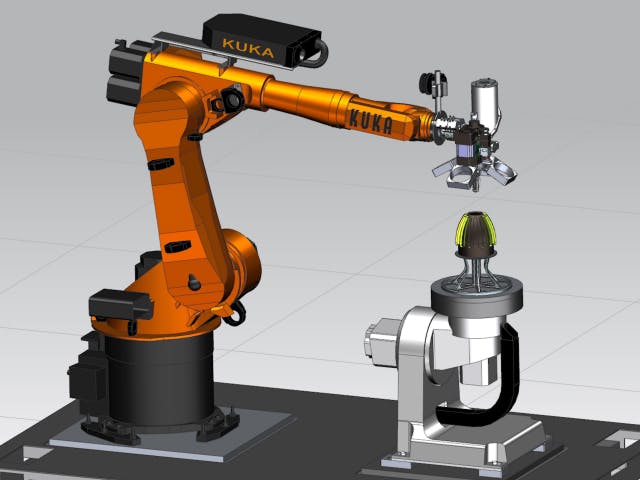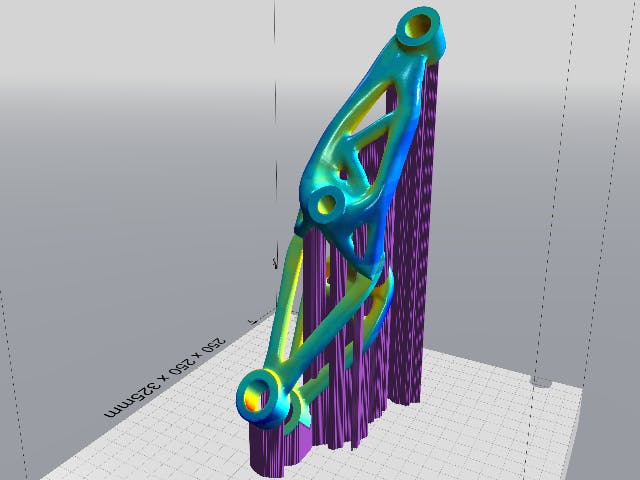材料噴射は、インクジェットスタイルのプリントヘッドを介して液体樹脂の液滴を選択的に堆積させ、紫外線(UV)光照射によって固化させて固体の3Dオブジェクトを構築する アディティブ・マニュファクチャリング(AM) プロセスです。
別のAMプロセスであるバット光重合も、液体フォトポリマー樹脂を光で選択的に硬化させることによって機能します。しかし、バット光重合法が保持タンク内の樹脂を選択的に硬化させるのに対し、マテリアルジェッティングはプリントヘッドを使用して樹脂を塗布すると同時に硬化させます。材料噴射とバインダー噴射はどちらも同じタイプのプリントヘッド技術を使用しますが、バインダー噴射は液体接着剤を別の基材に堆積させますが、材料噴射は最終部品とその支持構造を構成する造形材料を堆積させます。
材料噴射は、アディティブ・マニュファクチャリングの最も精密な方法の1つと考えられています。厚さ20ミクロン未満の層で印刷できる材料噴射は、細部、高精度、滑らかな表面のCAD設計を構築することで知られています。残念ながら、このレベルの忠実度は、レイヤーの数が多いため、時間がかかる場合があります。これは、複数のプリントヘッドを同時に使用して、より広い表面積に構築することで、いくらか相殺できます。追加のプリントヘッドにより、1つのデザインで複数の材料と色を使用することもできます。
これらの特性により、材料噴射は、リアルなモデル、視覚的または触覚的なプロトタイプ、ツーリング、および鋳造に最適です。ただし、硬化した感光性樹脂の特性上、このプロセスは通常、機能性または耐荷重性コンポーネントの印刷には推奨されません。
関連製品: NX AM固定プレーン | NX AM多軸 | NX AM Build Optimizer



